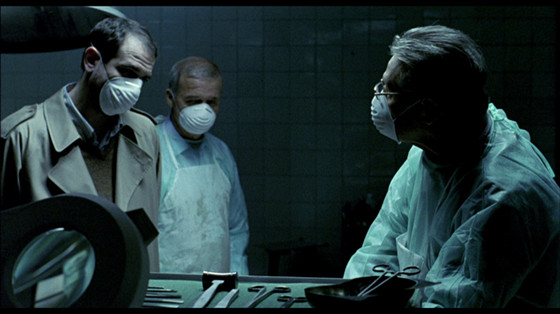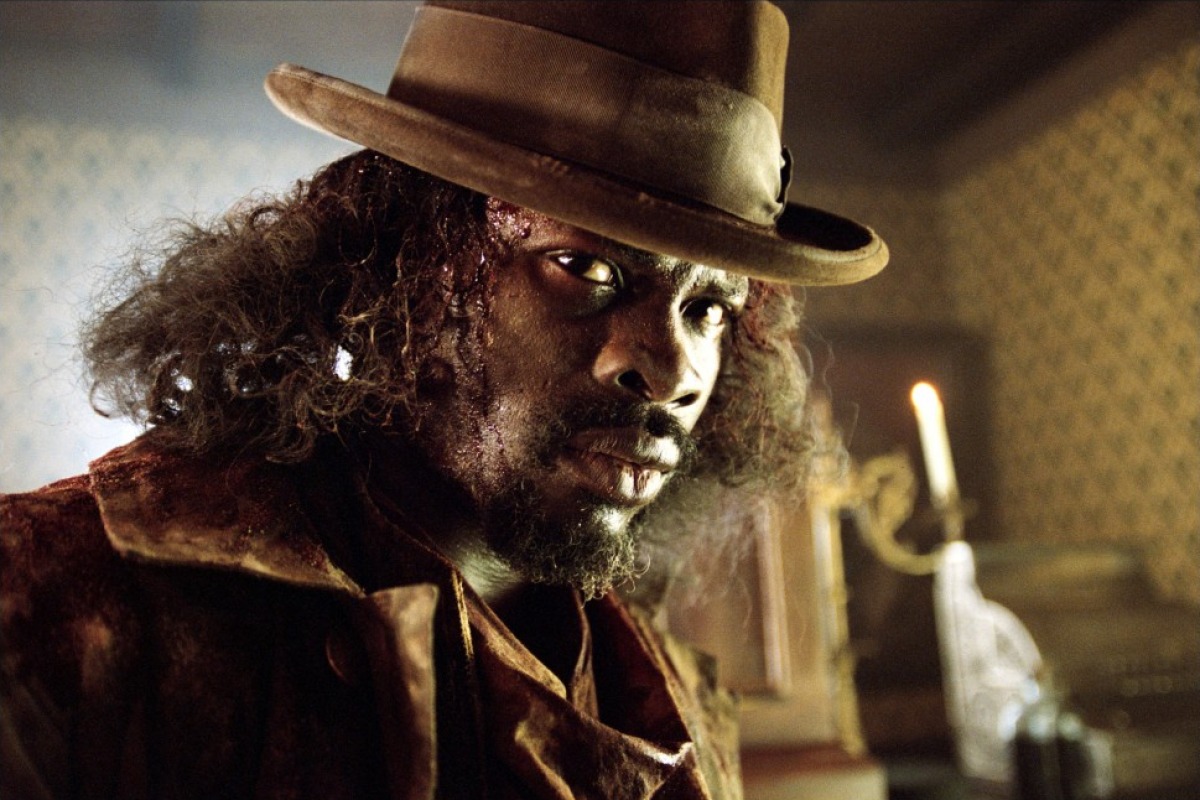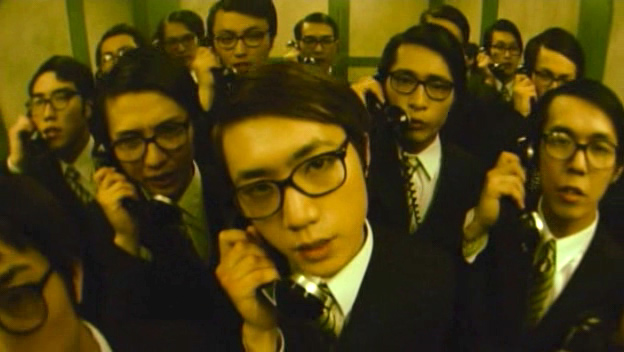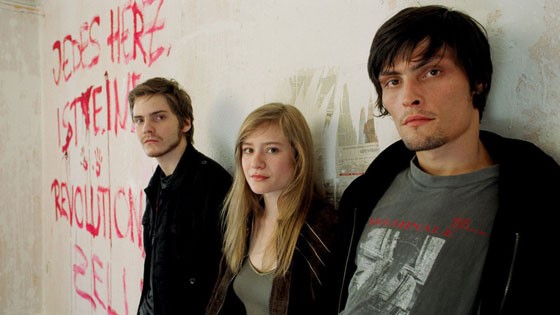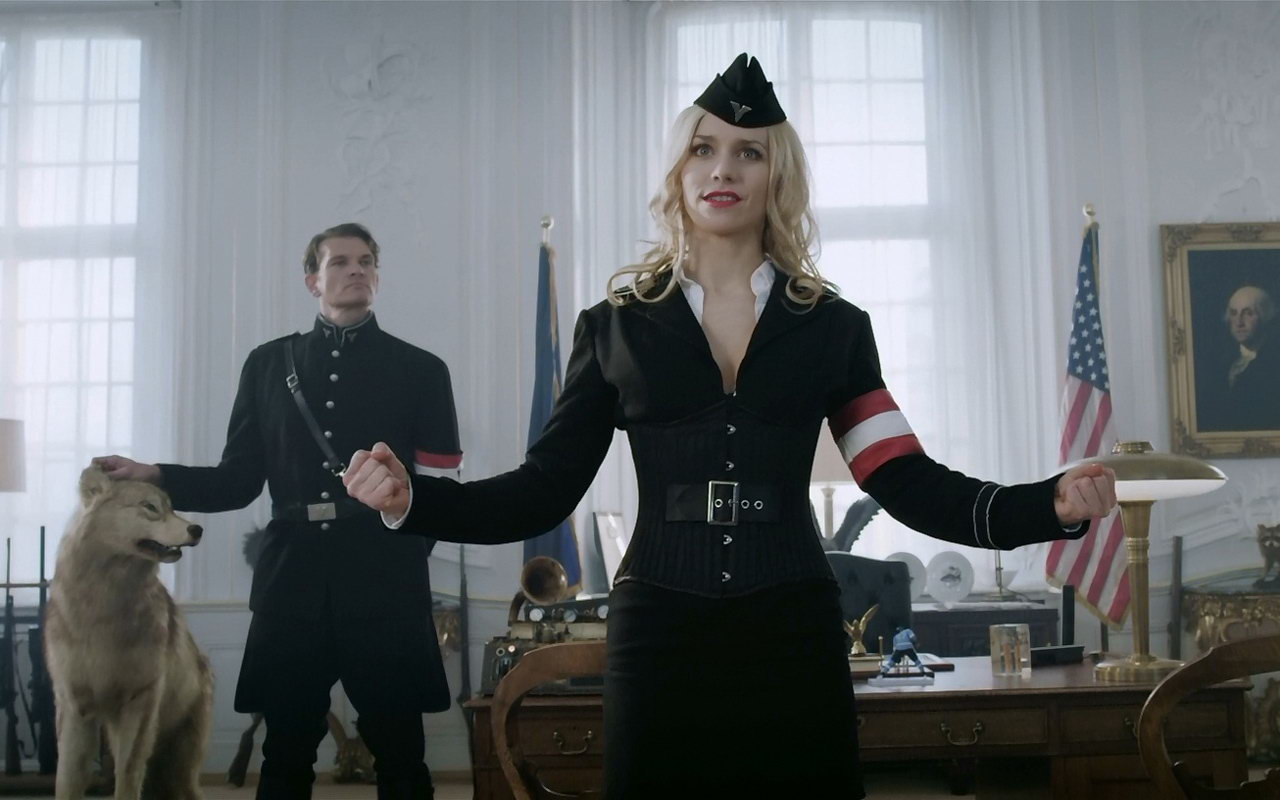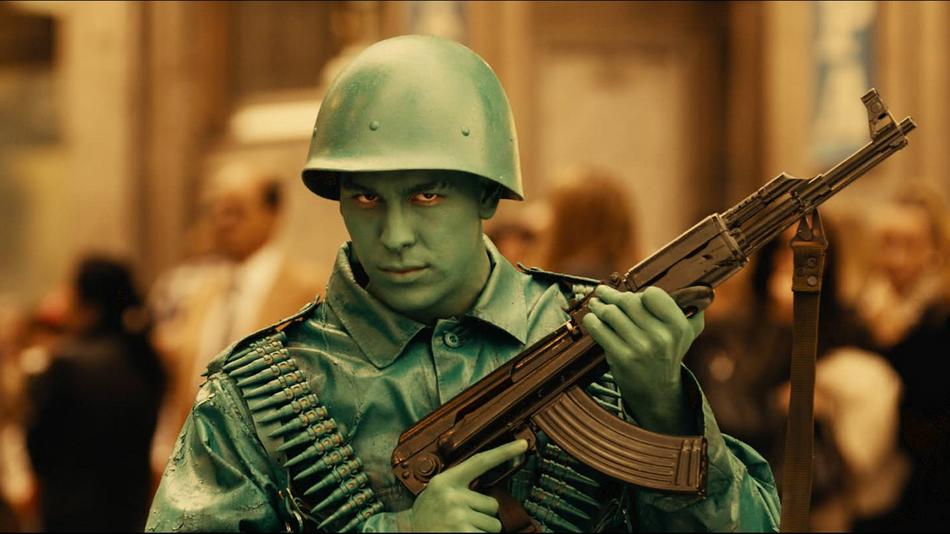14. Chacun Cherche Son Chat (When The Cat’s Away) (France, 1996)
Chloe is a lonely Parisian make-up artist at a modeling agency, who hates her job and decides to take a holiday. Before leaving she asks several people if they will watch her cat, Gris-Gris, but many decline, including her gay roommate and not much of a friend, Michel.
Enlisting the help of Madame Renee, a neighbor and fellow cat lady, Chloe can take her much needed vacation. However, when Gris-Gris runs away and the young woman returns, her journey truly begins with the quest to find her beloved cat and discovering an appreciation for the inhabitants of her Bastille neighborhood and the city’s rustic architecture.
Cedric Klapisch’s 1996 French romantic-comedy is delightful tale of love, self-discovery and finding the beauty in the time periods that differ from the modern age of gentrification. The cast consists of mainly eccentric characters from the Paris neighborhood that it was shot in, few of which were professional actors. On the surface, it’s a light-hearted story, but with dark corners to be explored both literally and metaphorically, when faced with the conflict of a lovable animal’s disappearance.
15. Los Sin Nombre (The Nameless) (Spain, 1999)
In Spain, when the mutilated body of their six-year-old daughter is discovered, it sends the parents, Claudia and Marc, over the edge. Five years later, the couple have spit up and Claudia is addicted to tranquilizers. One day she receives a call from her seemingly deceased daughter, Angela, claiming to be alive and in need of help.
With the aid of a retired cop, Massera and a parapsychology reporter, Quiroga, they discover at a university the origins of a cult known as “The Nameless”, whom are suspected of sacrificing children. Which brings them to seek out its leader, Santini, currently imprisoned, but a league of followers still on the outside.
The first feature length film by Spanish director Jaume Balaguero was based on Ramsey Campbell’s 1981 British horror novel, “The Nameless”. Heavy on the creepy, intense sounds and imagery that are for the faint of heart or those with weak stomachs. Dense lighting and striking colors execute the psychological distress with a nails-on-chalkboard soundtrack.
16. L’experience Secrete (Renegade aka Blueberry) (France/Mexico/England, 2004)
Troubled and haunted by the death of his first love, U.S. Marshall Mike Donovan aka “Blueberry” (Vincent Cassell) is able to keep the peace between the Chiracahua Indians and the American settlers in the Wild West of the late 1800s.
When a “white sorcerer” named Wallace Sebastian Blount (Michael Madsen) and a German con man Prosit (Eddie Izzard) plan to wreak havoc and unearth treasure on sacred Indian grounds, a showdown is eminent. Upon being severely wounded, Donovan seeks shamanistic guidance from the tribe’s spiritual leader, who had raised him when he was abandoned by his family as a child.
Loosely based on the French comic book by Jean “Moebius” Giraud, “Blueberry” known in the United States as “Renegade” is psychedelic western. Dutchmen, Jan Kounen directs a predominantly American cast (including father and daughter, Geoffrey and Juliette Lewis) on location in Mexico.
With the knowledge of ayahuasca (medicinal brew) rituals from his own experiences, the director captures an authentic Shipibo ceremony with an actual shaman. However, the film remains obscure despite being marketed as a conventional western.
17. Gusha No Bindume (Hellevator) (Japan, 2004)
In a claustrophobic, over-crowded futuristic society, a seventeen-year-old schoolgirl and psychic Luchino, accidentally sets off a fiery explosion. In effort to escape, she runs into an elevator, which is a main transport between the cities, literally stacked on top of each other.
Before long, the elevator fills up with businessmen, eccentric characters and militant police officers who are transporting two psychopathic rapists to their executions. Chaos and paranoia break out when they get caught between floors and Luchino’s apocalyptic visions become even more twisted, plagued also by the memories of killing her father.
Japanese director and screenwriter Hiroki Yamagcuchi concocts a grisly, bleak low budget, mind bending science fiction horror story, originally titled “The Bottled Fools”. Cast with many unknowns and props salvaged from junkyards, “Hellevator” is effective with inducing the senses of cabin fever and nausea.
Although it did well on the international film festival circuit, the film gained only a minor cult following in America. This is not to be confused with horror game show of the same that began in 2015; their only connection is a setting in an elevator.
18. Die Fetten Jahre Sind Vorbei (The Edukators) (Germany-Austria, 2004)
Julie is a Berlin student who has gone deep into debt and recently evicted after a fender bender with a limousine owned by Hardenberg, a wealthy businessman. Her boyfriend, Peter, and his best friend, Jann, are usually up all night, breaking into wealthy homes to re-arrange the possessions, leaving notes that read “the days of plenty are over”.
While Peter is in Barcelona, Jan confesses to Julie about “educating people”. She convinces him to break into Hardenberg’s mansion and thrash the place. In a panic, they leave, but she forgets her phone and they go back the next night. Much to their surprise, the home owner catches them, but the pair knock him unconscious and call Peter who comes to their aide.
Based on his experiences as a political activist, German director/screenwriter, Hans Weingartner, creates a charming and thought provoking film with a limited budget. The use of hand-held digital cameras, he is able to capture the realism of the non-violent protagonists and give the actors the freedom to roam.
“The Edukators” received a standing ovation at its premiere at Cannes in May of 2004, but wasn’t released in either Germany or Austria until November. In the United States, critics were mixed, but internationally it would have a cultural impact.
19. Iron Sky (Germany-Australia-Finland, 2012)
Two American astronauts are on a moon mission as a means of getting the President (based on Sarah Palin) re-elected through ethnic relations in 2018. What they come to discover on the dark side of the moon is that has it been colonized by Nazi, who fled there in the aftermath of World War 2. They take James Washington (Christopher Kirby), an African-American, as a captive upon killing the Caucasian astronaut.
Through the use of a smartphone, the Fourth Reich scientist, Doktor Richter, uses it as a means to re-generate their massive space battleship, Gotterdammerung, for the inevitable invasion of Earth. Meanwhile, the doctor’s daughter, Renate (Julia Dietze), has stowed away on another Nazi’s mission to the planet to acquire more computers.
When the first fleet destroys much of New York City, the President holds a meeting with the United Nations to launch her counter-attack with nuclear weapons, against the wishes of the rest of the world.
Beginning in 2011 as a comic book prequel, Finnish director Timo Vuorensola’s science fiction action film with tongue-in-cheek, politically dark humor. German actor Udo Kier is the moon’s Mondfuhrer Wolfgang Kortzfleisch and plays the role with sensation of cold steel.
Slovenian industrial band Laibach provides an equally intense soundtrack incorporating elements opera and classical pieces by Richard Wagner. Reception upon the film’s release in 2012, ranged from negative to mixed. However, due to a cult following and crowd funding, a sequel is set for release in 2016 and retain much of the original cast.
20. Las Brujas de Zugarramurdi (Witching and Bitching) (Spain, 2013)
In a crowded part of Madrid during the morning hours, three misogynistic men have orchestrated a jewelry heist. Jose (Hugo Silva), the ringleader, has brought his son, Sergio, which angers the others and causes complications as the robbery ends in a shootout. The four of them get away with the loot, hijack a cab and plan on heading to France.
Following them is Sergio’s mother and Jose’s ex-wife, Silvia, along with two police inspectors. Meanwhile, the robbers and the boy wind up in a rural town of Zugarramurdi and soon discover that its inhabitance are vast coven of cannibalistic witches lead by Graciana (Carmen Maura). The women hold them captive as they make preparations for a ritual.
Spanish director/screenwriter, Alex de la Iglesia, is known for dark, campy and gross-out films, reminiscent in style to Guillermo del Toro to the early works of Peter Jackson and Sam Raimi. In America, his movies and short features have yet to gain acknowledgement. 2013’s “Witching and Bitching” is thus far his most successful and critically accepted film, having been nominated for ten Goya Awards and winning eight of them.
Author Bio: James Leon is a screenwriter/director currently residing in the Bay Area of California. His first feature length film, “Dropping Like Flies”, is gearing up for a release in September of 2015. He loves cats, coffee & collage art.

